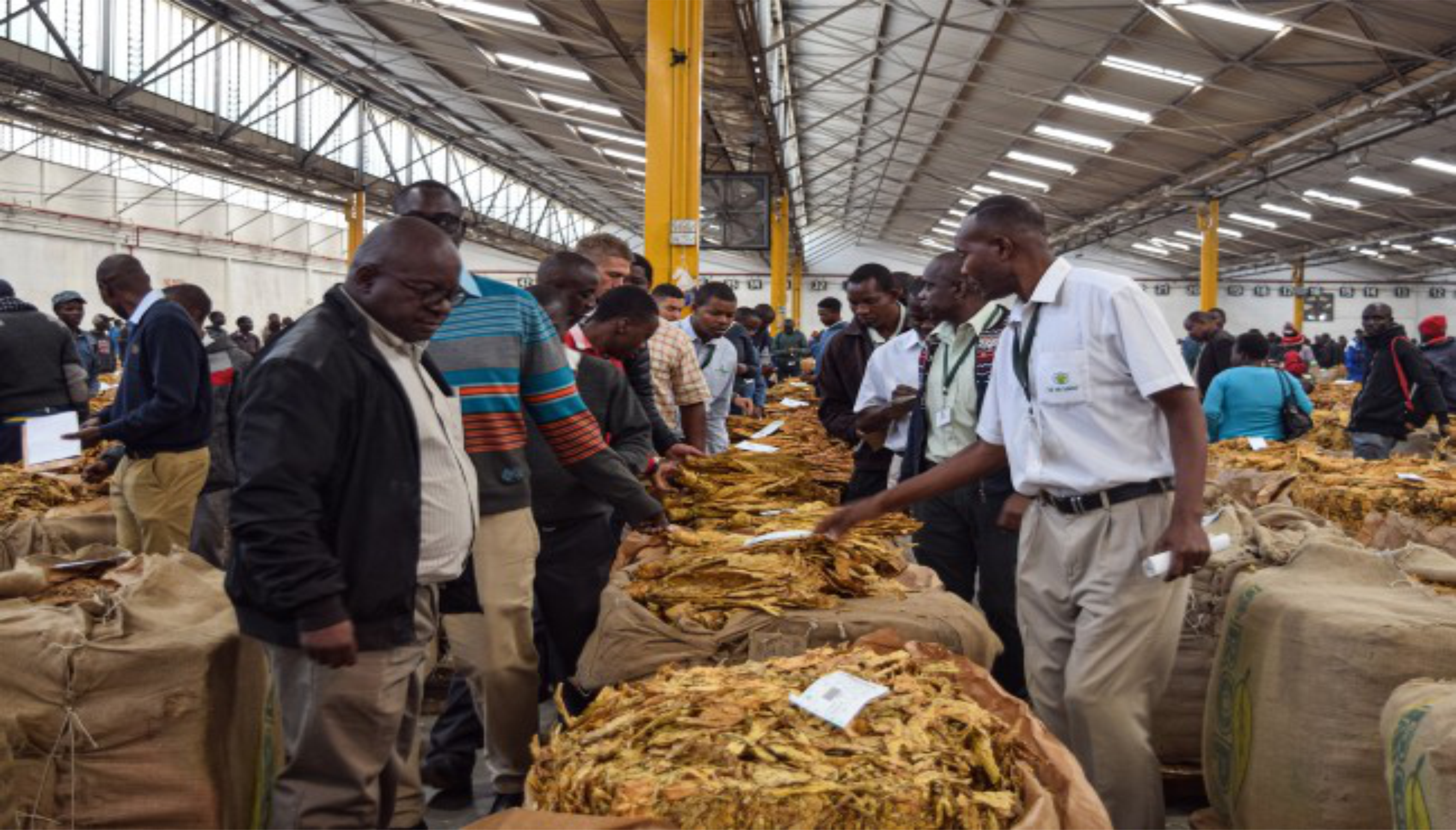Zimbabwe’s economic performance largely depends on developments in its agricultural sector. The country has 4,130,000 hectares of arable land, 25 percent of which is cultivated using animal and manual draught power. Following the government’s fast-track land reform program which began in 2000, irrigation infrastructure deteriorated, and the majority of the new landowners depend on rain rather than irrigation for their crops. As the weather pattern changes and droughts become more frequent, the country has failed to produce enough grain to meet domestic demand. The government grants 99-year leases for agricultural land, but the protections of such leases are too weak to serve as collateral for financing, hindering agricultural investment. The government has also instituted a number of inefficient “command” agricultural subsidy programs which have hampered growth and corruptly squandered billions of dollars. During the 2020/2021 agricultural season, however, the government allowed the private sector to fund agricultural activities, which improved transparency in the sector. The government has taken steps to promote cultivation of sorghum and millet, which are more ecologically compatible with Zimbabwe’s semi–arid areas.
Leading Sub-Sectors
Agricultural Machinery
Zimbabwe has a great need for new and updated equipment to improve agricultural production. The government estimates Zimbabwe has over 50,000 medium- to large-scale farmers, and the country only has approximately 10,300 functional tractors of the 40,000 needed for commercial cultivation. In 2020, the government signed agreements with international partners including American firm, John Deere, to import tractors and other agricultural machinery. Local farmers have commented they prefer American quality and value over Chinese and Belarussian models competing in the market.
Tobacco
Tobacco is the most important cash crop in Zimbabwe in terms of generating foreign exchange, having earned US$782 million and accounting for around 9 percent of total exports in 2020. The tobacco industry is one of the nation’s biggest employers and is dominated by small-scale farming vice large commercial operations. Tobacco output for the 2021 season has outpaced that of the 2020 season and will likely result in sales of more than 200 million kilograms of tobacco. The average price of tobacco also increased during the 2021 season ranging from US$2.47 and US$2.82, up 13 percent since last year. Farmers attributed a good rainy season to increased yields from the 2020 season.
Soybeans
Local demand for soybeans is on the rise owing to its use as cooking oil, stock feeds, and other foods. Soybean production stands at an estimated 71,290 tons, which is only enough to meet 30 percent of national demand. Zimbabwe requires about 240,000 metric tons of soybeans annually for food, feed, and other industrial needs. While the country depends on soybean imports from Zambia and Malawi, the government hopes to reduce imports following the introduction of the command soybean program. At the farm level, soybeans are a short season crop with a lucrative return on investment of up to 200 percent.
Cotton
According to a 2017 report by the UN Conference on Trade and Development, Zimbabwe has the capacity to produce 600,000 tons of cotton and the country’s 22 ginners have an installed ginning capacity of 750,000 tons per annum. Cotton, Zimbabwe’s second most important cash crop, is usually grown under contract farming arrangements where contractors supply production inputs (seed, fertilizer and chemicals) to farmers on loan. At harvest, the contractor buys back the contracted seed cotton, deducts costs of the inputs, and pays the contract farmer the remaining balance.
Despite cotton’s potential, Zimbabwe only produced 85,000 metric tons of cotton in the 2019/20 agricultural season, which fell short of the government’s goal of 100,000 metric tons. According to the Cotton Producers and Marketers Association, a target of 200,000 metric tons is achievable in the 2020/2021 season because of good rains and receiving inputs on time.
Certain departments within government such as the National Biotechnology Authority of Zimbabwe (NBA) now believe the sector can benefit from the adoption of improved seed varieties including GMOs and production of quality fabric to increase demand for raw cotton. Currently, however, there is no political will to fully embrace the use of GMOs in cotton production.

